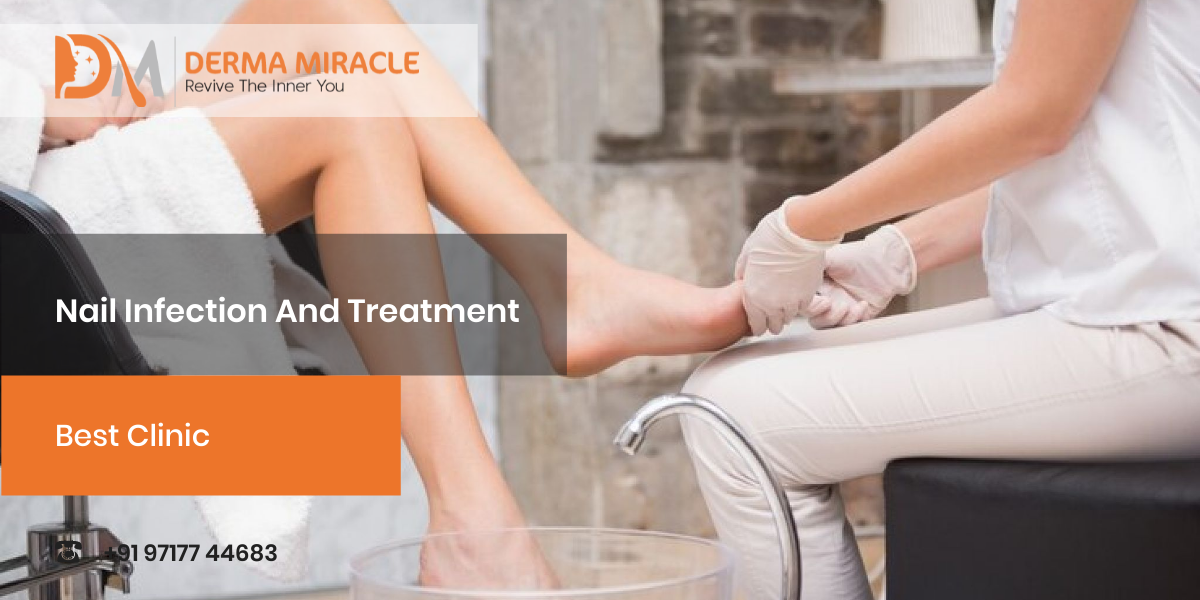They are also known as onychomycosis and tinea unguium.Fingernails and toenails are susceptible to infection, which usually appears as discoloration and thickening of the nail. The condition most commonly occurs in nails on your feet!The nails are a crucial tool for supporting your balance, agility and stability. They help you to propel yourself forward in almost every activity from walking on two feet all the way up to climbing trees or jumping over obstacles – but what about if they become disabled by an infection?This article will give some insight into nail fungus infections , common causes, treatments and symptoms so that we can keep our fingers healthy!
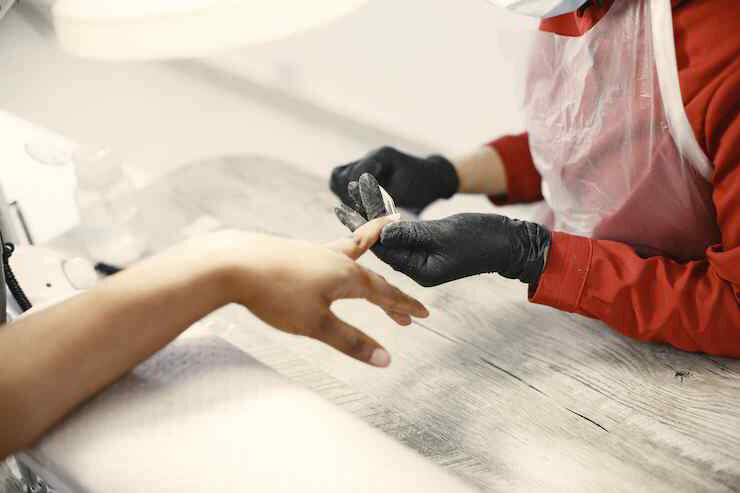
Table Of Content
Types Of Nail Infections
- Bacterial Nail contamination – This normally happens in the nail overlays and is otherwise called Paronychia – regularly brought about by a microscopic organism called staph aureus, yet may infrequently happen because of other microorganisms/growths too. This is shown by a growing around the nail, which possibly is rosy in shading and difficult.
- Sub ungual / peri ungual warts – Rough developments, nearby or beneath the nail are reminiscent of warts , which can be an annoyance particularly on the off chance that they are infringing on the nail bed. Dire consideration is justified for these.Ingrown toenails are a typical reason for visiting a dermatologist and are commonly shown by a nail penetrating your nail folds and in the end bringing about disease around the region.
- Aging changes of the nail – Other uncommon conditions incorporate tumors and development related with the nail mechanical assembly. At DermaMiracle skin and hair clinic , singular tests are performed for the correct finding and solution of the nail contamination.
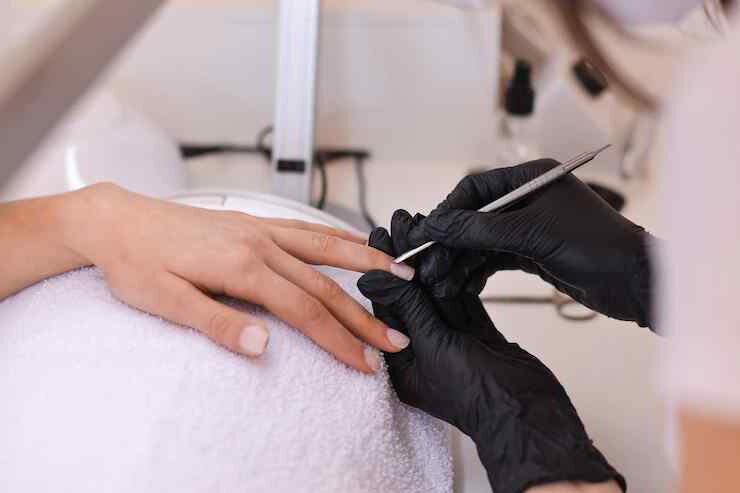
Causes
There can be a few reasons for the event of nail contamination. Underneath referenced pointers illuminate the equivalent:
- Diabetic patients are bound to get nail diseases.
- The individuals who wear fake nails are defenseless to nail diseases.
- Odds of getting nail contamination are more in individuals who go to visit swimming pools.
- In the event that you get a nail injury or get your skin harmed close to the nails, odds of getting a disease exist.
- Visiting nail treatments and pedicures are basic reasons for nail diseases as the fingernail skin is upset, giving contamination a course of section into the nail mechanical assembly.
- Feeble resistant frameworks can make you prone to nail diseases.
- Visit work which includes wet hands (kitchen handling /family work and so forth.) can prompt events of nail overlay and nail diseases.
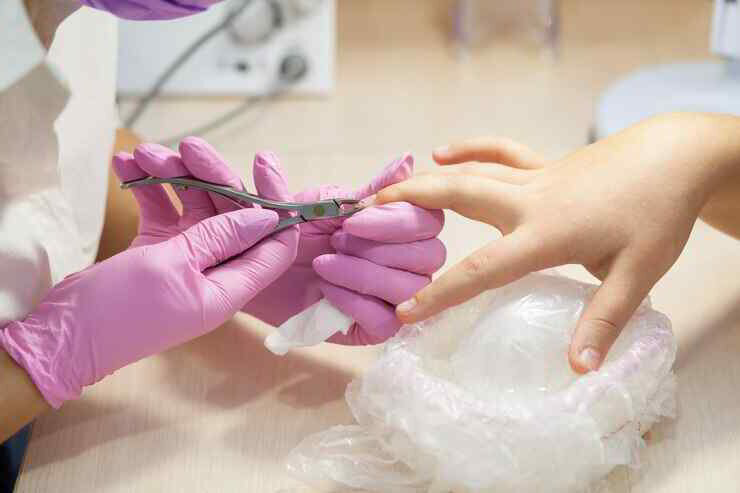
Symptoms
Nails that are infected with fungus typically are:
- Thickened
- Brittle
- Crumbly
- Ragged
- Distorted
- Dull
- Darker or yellowish in color
There may be also be:
- Scaling under the nail – hyperkeratosis.
- Yellow or white streaking – lateral onychomycosis.
- Yellow spots at the bottom of the nail – proximal onychomycosis.
- Infected nails may separate from the nail bed – onycholysis.
Nail fungal infections can result in pain in the toes or fingers, and they may even emit a foul odor.

Treatment
It’s important to see a dermatologist as soon as you suspect that your nails have been infected. Your doctor will trim away any fungus, cut back each nail so it can heal properly and scrape off dead skin cells or other debris under the surface of their attachment points on either fingers/toes for better results in treatment effectiveness!
Though fungal nails can be an embarrassing problem, don’t worry! There are many ways for you to treat them. Your doctor may prescribe other antifungal treatments such as nail lacquer or topical solutions applied with a brush in the same way one applies polish- just make sure that it’s safe in case of any allergies before trying out these options so they work best for your personal needs.
The medication you take for a toenail fungus will be determined by the type and extent of infection. Topical solutions are not generally effective in curing this sort, but other forms may need different treatment methods such as topical applications or oral doses depending on how bad it has gotten before corticosteroids can help get rid of any existing fungi from your skin!
Treatment isn’t guaranteed to completely rid your body of the fungal infection. Complications from fungal infection are also possible.
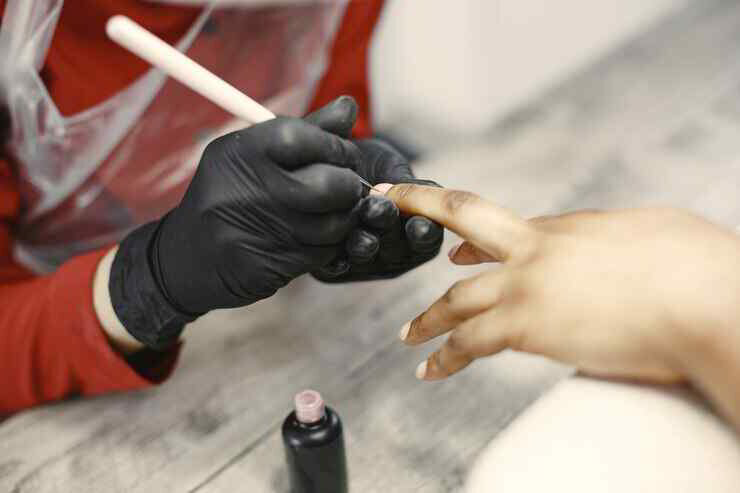
Conclusion
When you have a nail infection, it can be difficult to cure. Your first round of medication might not work and the disease could come back in another form or stay with you forever depending on how bad things got initially when treating for fungal nails.
In severe cases where people’s entire finger was diseased – which means any part below its tip also became infected- then there would need more than just treatment but removal as well since nothing else could take place due damage being done too long without intervention.
CONSULT DEMAMIRACLE
Nail Infection And Treatment
ACT BEFORE IT’S TOO LATE

FREE CONSULTATION AVAILABLE
Contact Us
